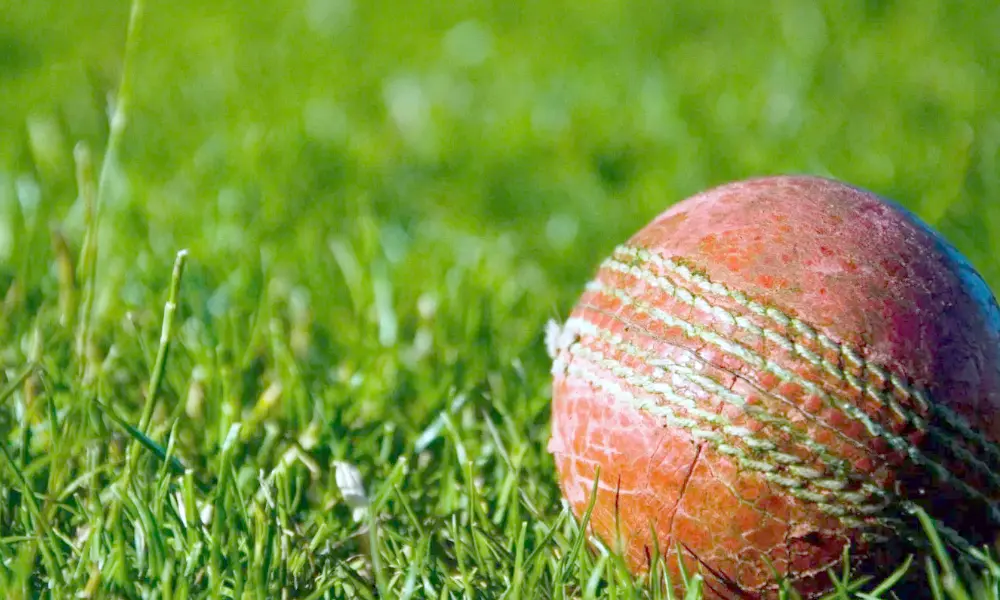Inside the Cricket Ball: Materials and the Art of Manufacturing

Cricket, with its distinctive red, white, and pink balls, hinges much of its drama on the humble yet meticulously crafted cricket ball. Beyond its simple appearance lies a sophisticated blend of materials and a precise manufacturing process that ensures consistency, durability, and performance on the field. This blog offers a deep dive into how cricket balls are made, exploring the materials used and the intricate steps involved in their manufacturing.
Materials Used in Cricket Balls
Cricket balls are primarily made from four main components:
Cork Core: At the heart of every cricket ball lies a cork core, which provides the weight and resilience necessary for consistent bounce and durability. The cork is compressed to a specific density to ensure uniformity across all balls.
Wool Yarn: The cork core is encased in layers of tightly wound woolen yarn. The quality and density of the yarn layers dictate the ball's shape retention and its ability to maintain its form after repeated impacts.
Leather: The outer covering of the cricket ball is traditionally made from high-quality leather, sourced for its durability, water resistance, and ability to grip the pitch surface. The leather is carefully stitched together to form a seamless sphere.
Red or White Pigmentation: Depending on the type of cricket ball (red for Tests and first-class matches, white for limited-overs formats), pigments are added to the leather during the tanning process to achieve the desired color.
Manufacturing Process
The manufacturing of cricket balls is a precise and labor-intensive process that involves several key stages:
Core Preparation: Cork cores are selected and shaped to exact specifications, ensuring consistency in weight and density. The cores are then treated to enhance their resilience and durability.
Yarn Winding: Multiple layers of woolen yarn are meticulously wound around the cork core. This process is crucial as it determines the ball's shape and resilience, providing a uniform surface for the leather casing.
Leather Cutting and Stitching: High-quality leather is cut into panels and stitched together using specialized machines or by skilled craftsmen. The stitching pattern is critical, as it influences the ball's flight and grip on the pitch.
Finishing Touches: Once the leather casing is complete, the cricket ball undergoes final shaping and polishing. The ball is inspected for any imperfections and weighed to ensure it meets regulatory standards for weight and circumference.
Quality Control: Before being packaged for shipment, each cricket ball undergoes rigorous quality control checks. These checks include testing the ball's bounce, shape, and seam integrity to ensure it performs consistently under match conditions.
Innovation and Modernization
While traditional methods still form the backbone of cricket ball manufacturing, technological advancements have introduced innovations such as machine-stitched balls and synthetic materials. These innovations aim to enhance durability and performance while maintaining the essence of traditional craftsmanship.
Conclusion
In conclusion, the creation of a cricket ball is a blend of artistry, precision engineering, and a deep understanding of materials science. From the resilient cork core to the finely stitched leather casing, each component plays a crucial role in shaping the ball's performance on the cricket field. As cricket continues to evolve, so too does the quest to perfect the manufacturing process, ensuring that every ball delivered to bowlers upholds the sport's rich tradition and competitive integrity.

